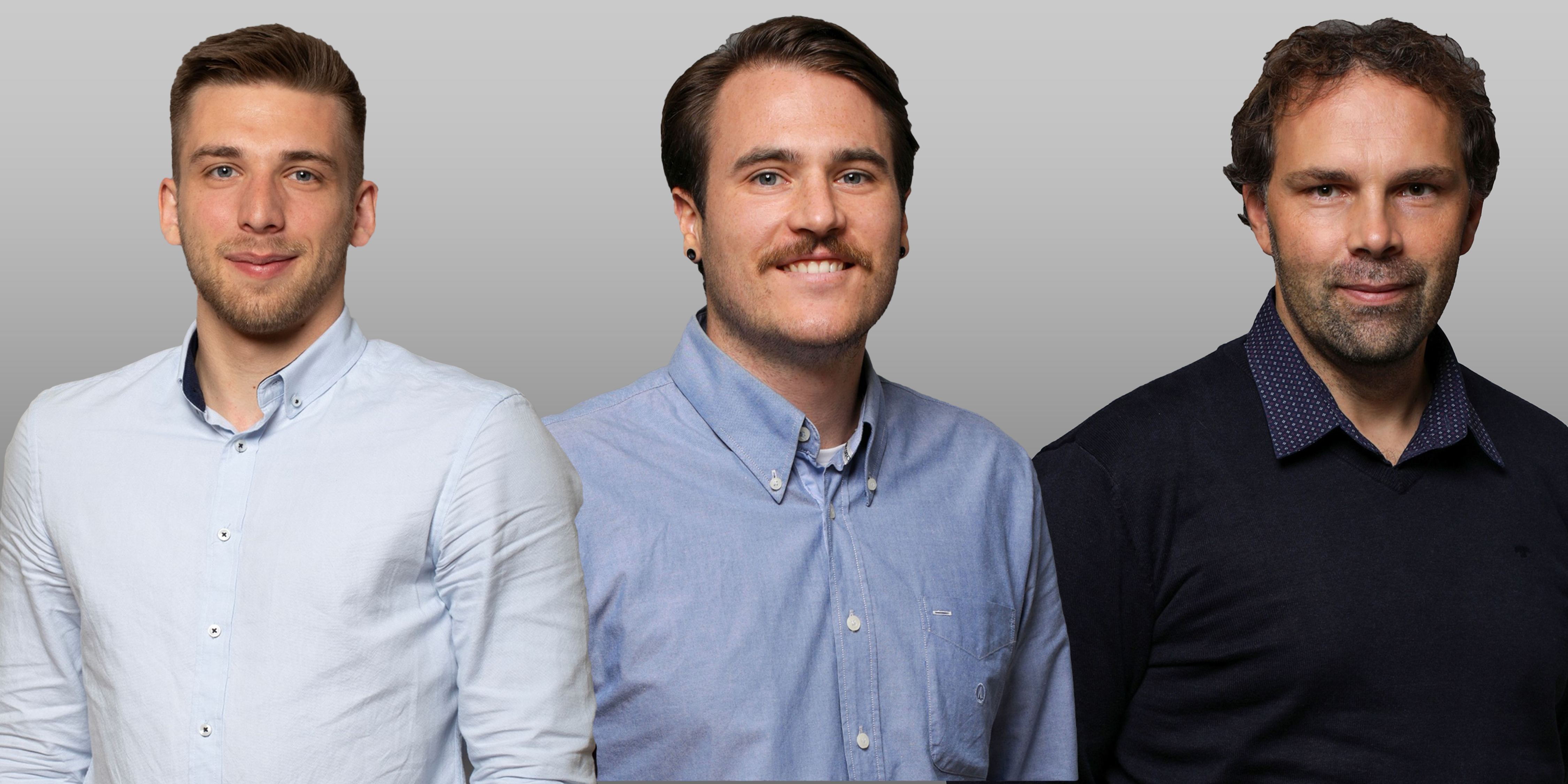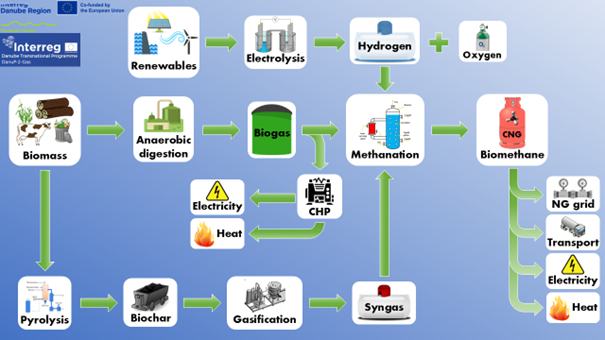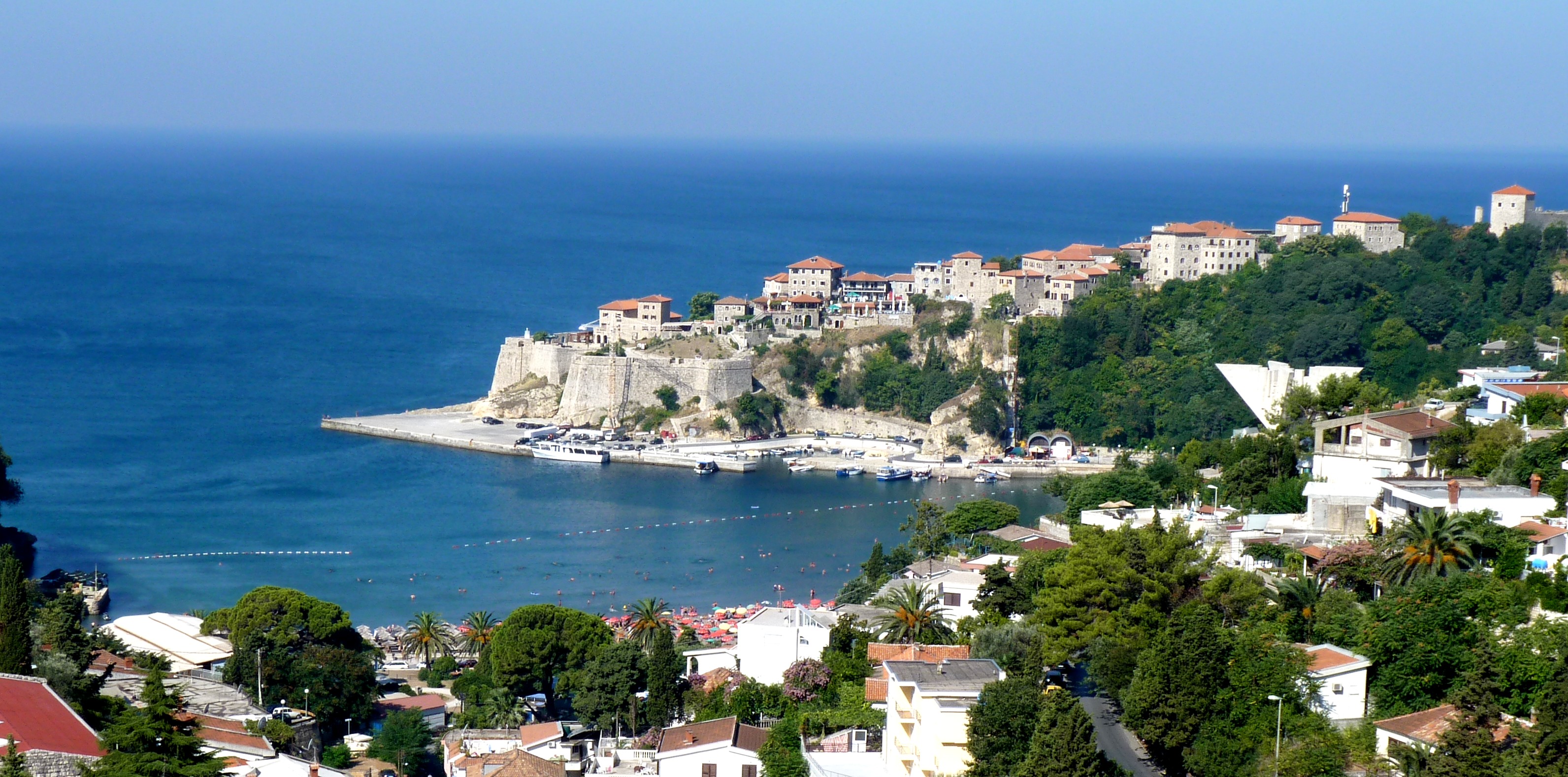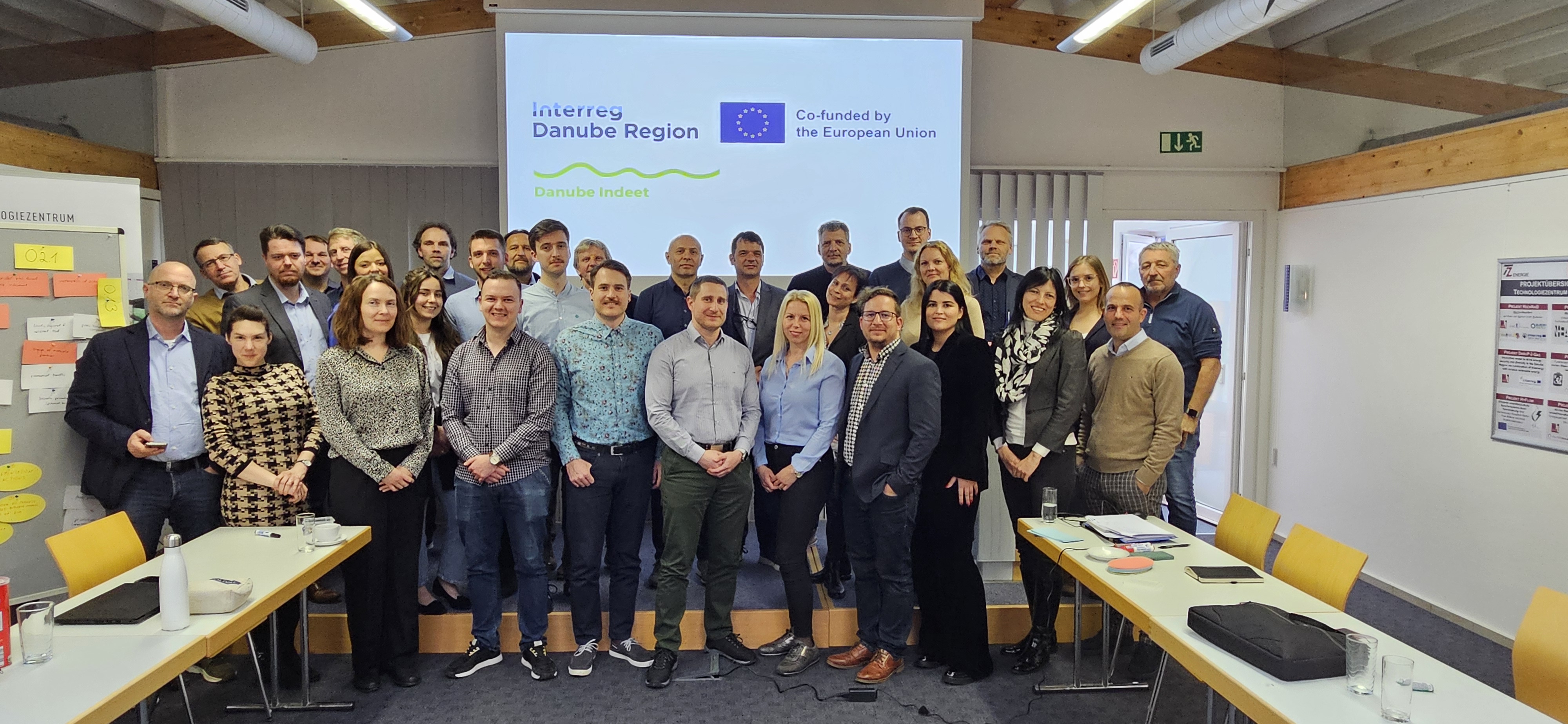
The scientific background behind Danube Indeet - article published in Applied Energy
Our colleagues at the University of Zagreb, Faculty of Electrical Engineering and Computing, Laboratory for Renewable Energy Systems: Filip Rukavina, Antonio Karneluti and Mario Vašak are the authors of a scientific paper titled „Joint optimal sizing and operation scheduling of a power-to-gas hub based on a linear program” that was published in Applied Energy.
The article is available at: Joint optimal sizing and operation scheduling of a power-to-gas hub based on a linear program, Applied Energy, Volume 379, 2025.
The article although focusing on the optimization process of a power-to-gas (or P2G) hub developed within a previous project called DanuP-2-Gas, identifies and presents the underlying principles, which are very similar in both projects. The proposed overall composition of a P2G hub, the relationship as well as material and energy flows between the elements are described in great detail.
Detailed physical and chemical processes create a basis for modelling. Collected data and unit costs allow these relationships and processes to be interpreted as economic costs thus supporting the optimization with a rational and comprehensible framework. CAPEX, OPEX, material costs and incomes are the cornerstones of this optimization process. Being able to manually input parameters, unit costs lead to great customization that allows the exploration of different scenarios leading to a strategic approach to planning.

In the Danube Indeet model, these functions will be implemented, and to support users, baseline numbers will be provided, customization of parameters is not mandatory. The paper published by our project partners on the other hand offers a deeper understanding of the underlying principles, functions, capabilities and further development possibilities of the Danube Indeet model.
The envisaged use of the model can support investors to plan their investments, design engineers to size equipment, analysts to prepare pre-feasibility studies, policy makers to determine amount of subsidies needed for technologies to be economically viable, and finally equipment manufacturers to set specific parameter targets for their products.
News & Events
Read the most recent updates and explore the upcoming events.





